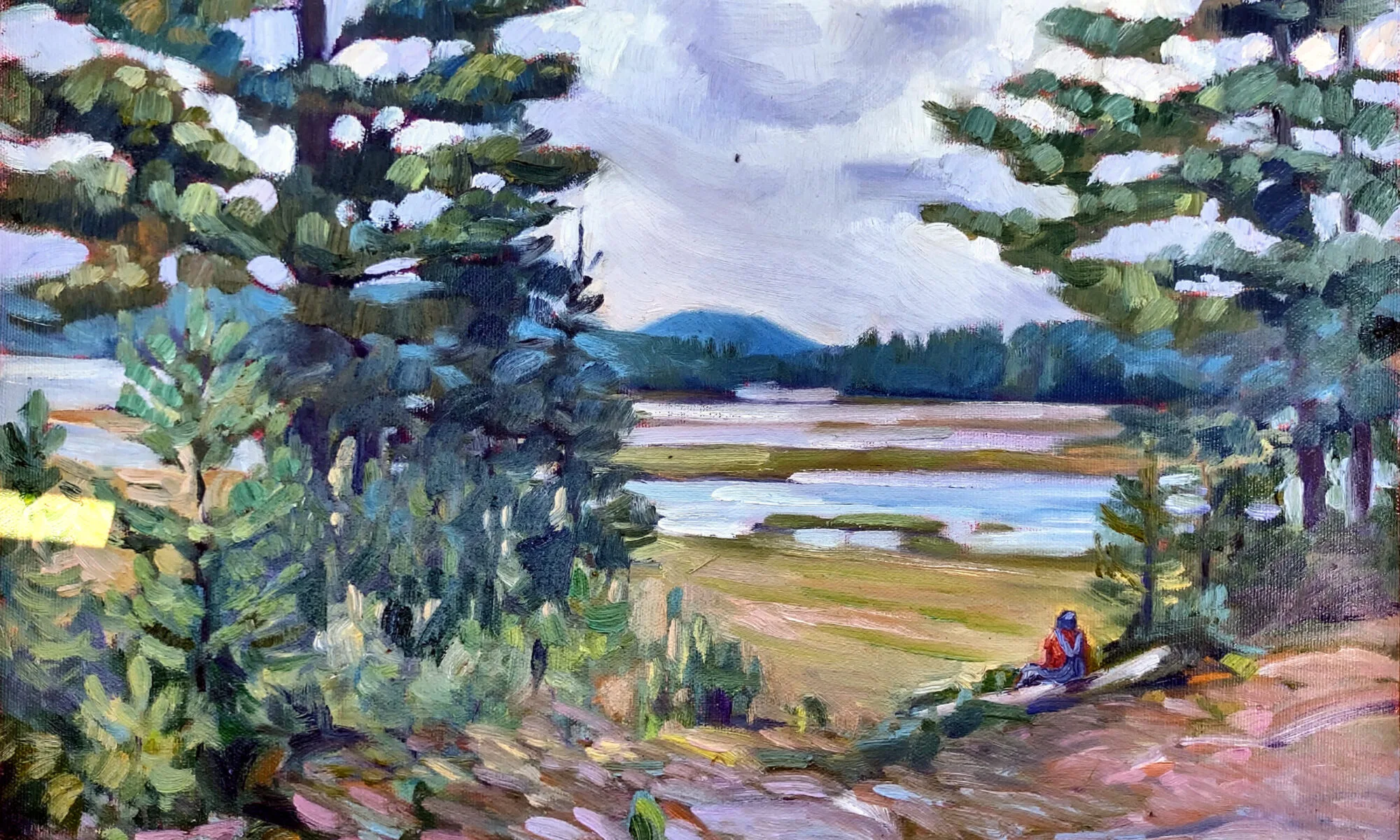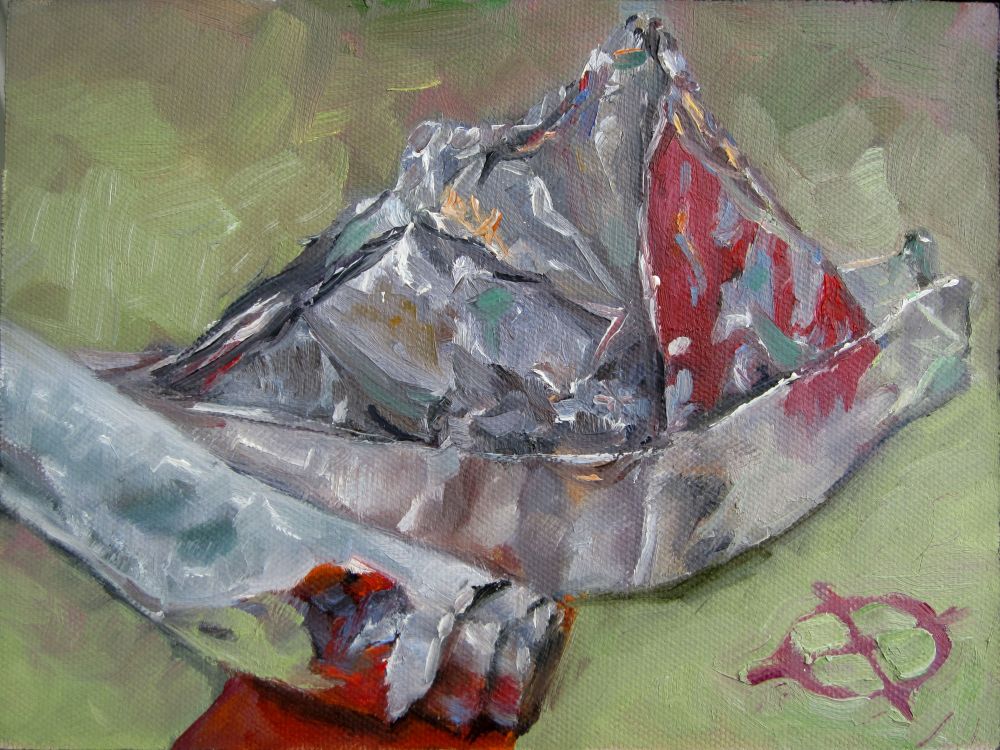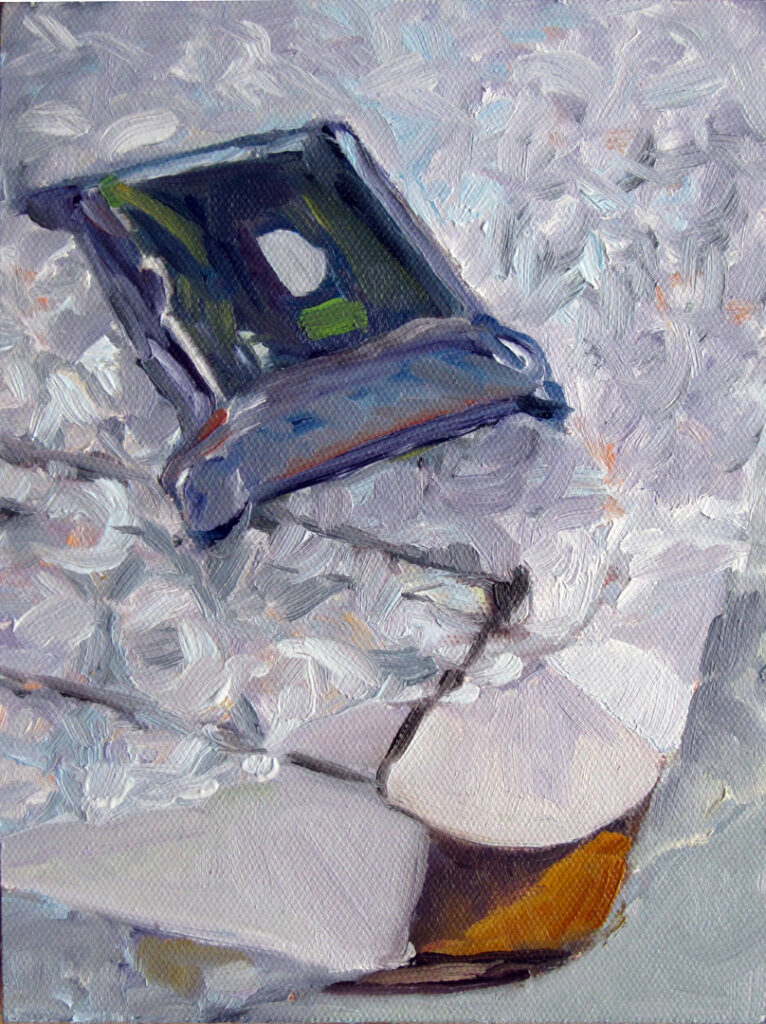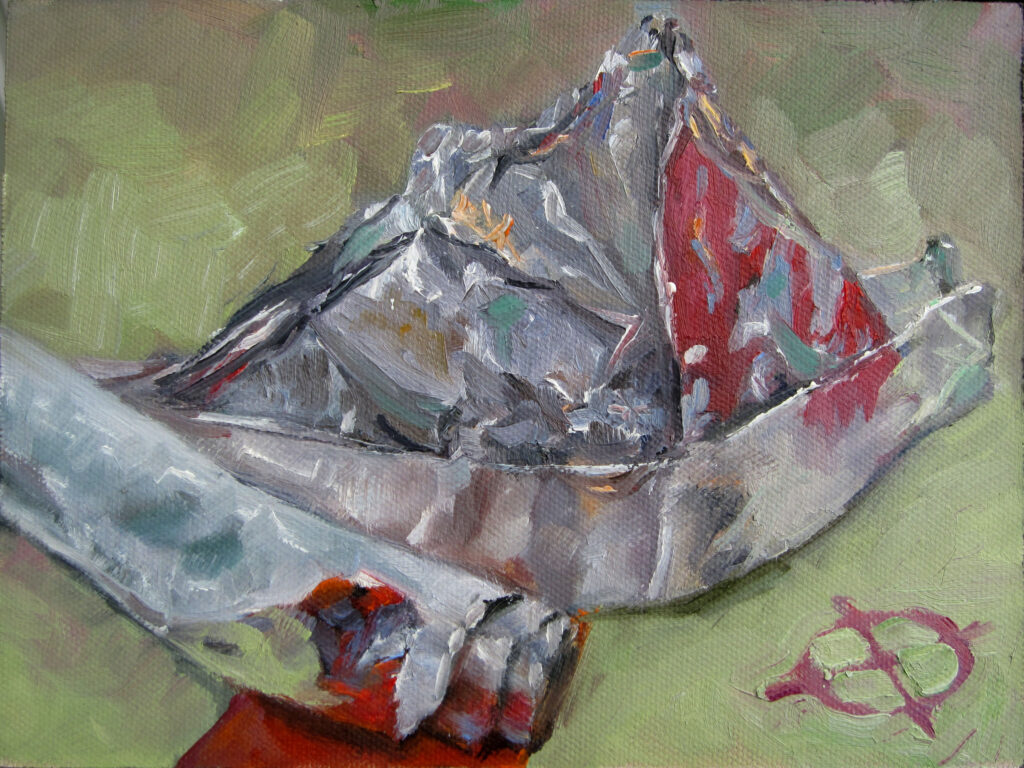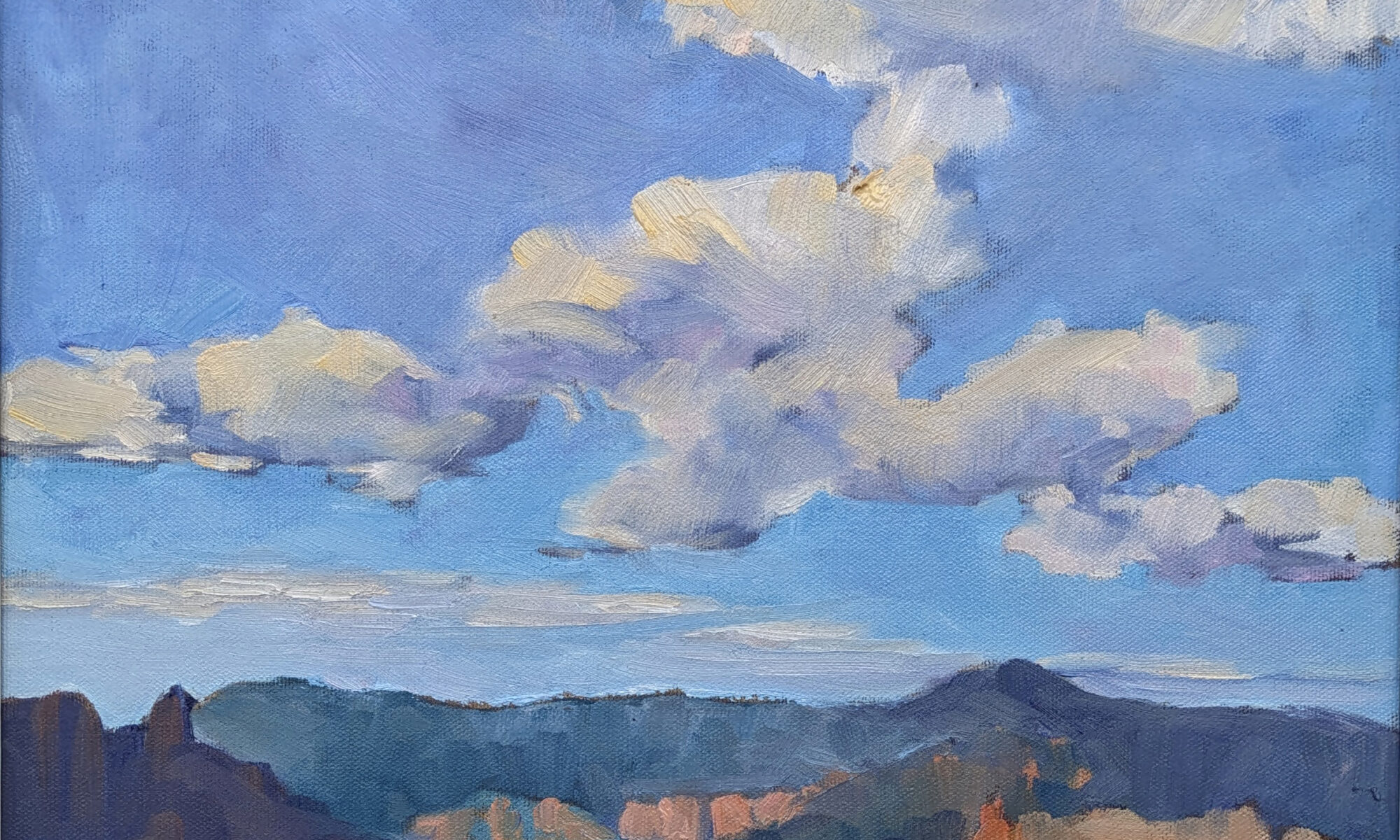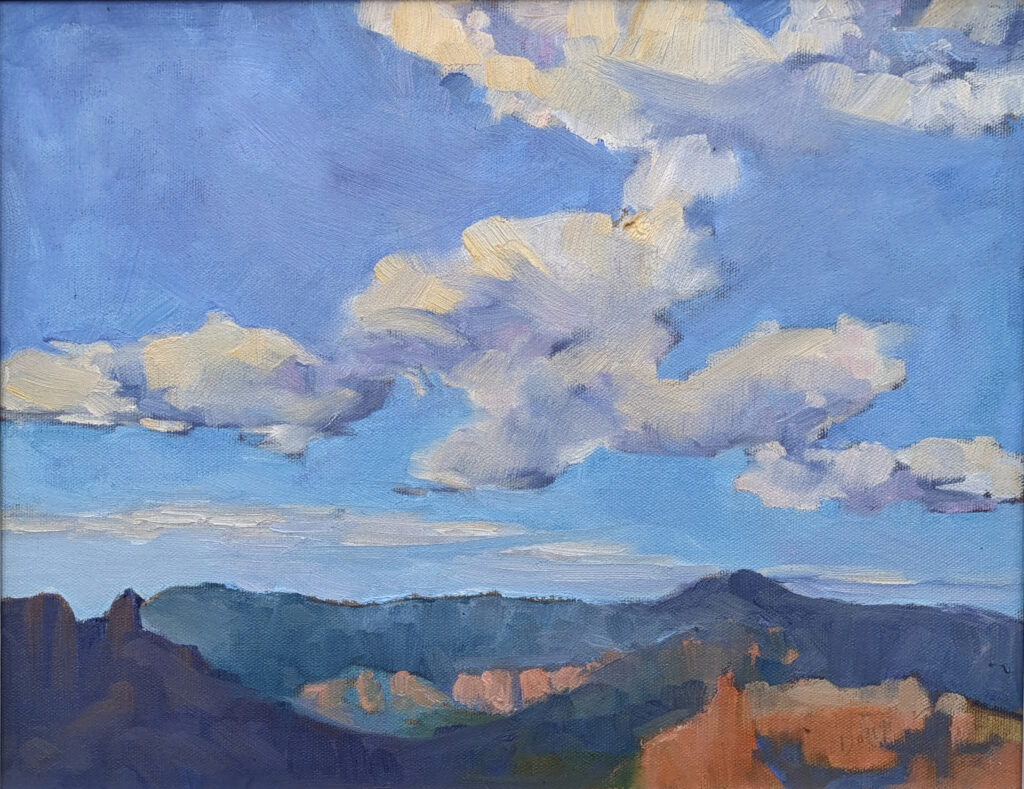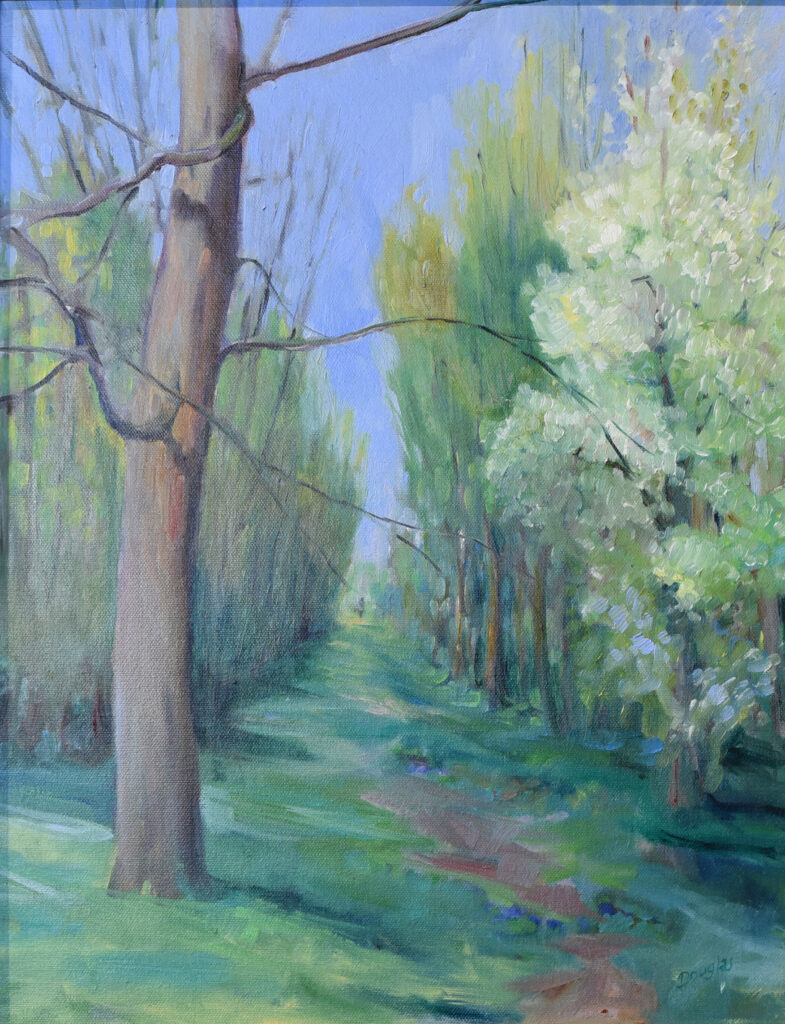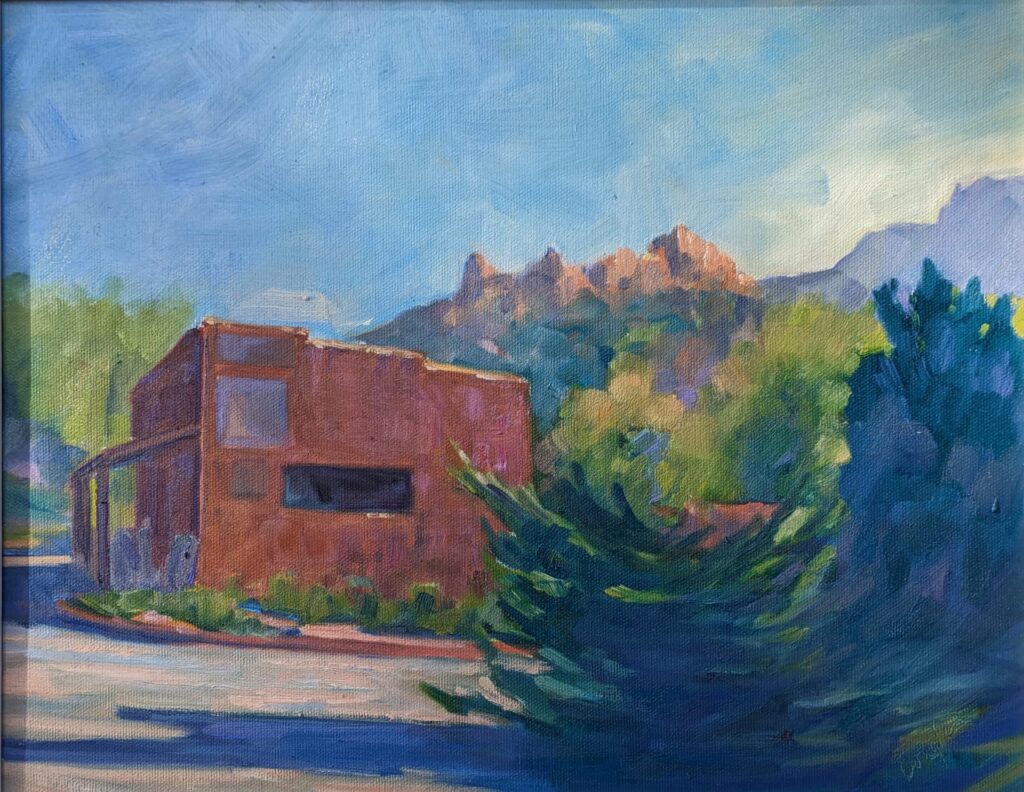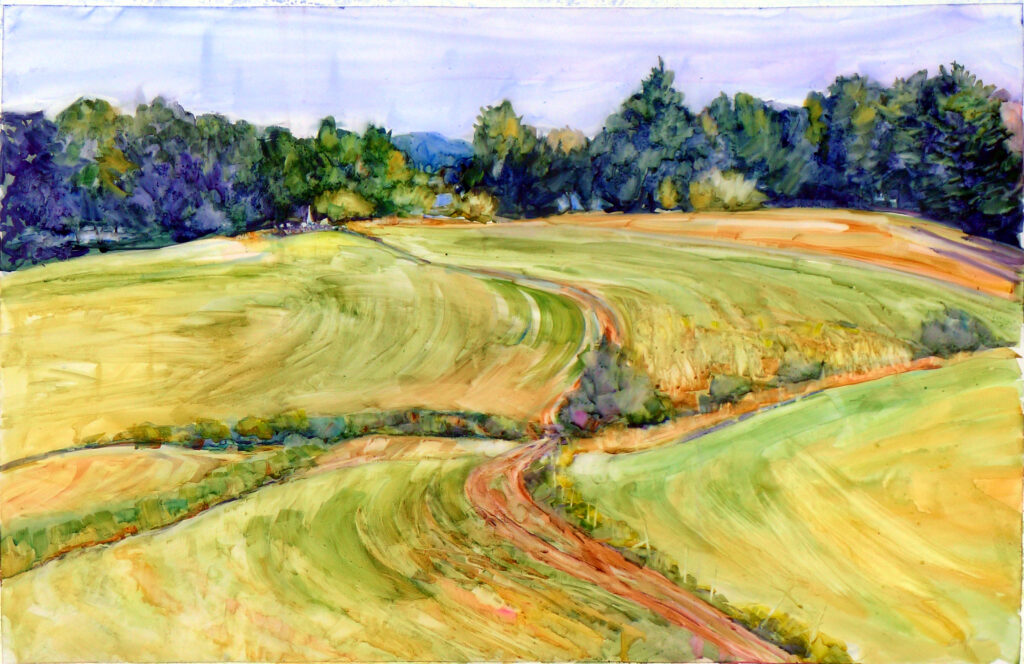“Consulting a website on my phone recently, I was struck by how painful it has become to use the internet. All I wanted was to read some local news and check the spread of a power cut in my area. Instead, as I scrolled, I was assailed by interruptions from integrated adverts which – in the best case – wanted eagerly to tell me about the charm and usefulness of a new BMW. In the worst case, I was urged to consult some lawyers immediately because I had been mis-sold an insurance or financial product in the past and was due an enormous payout, if only I would contact the least credible-looking advocates in the country…” (James Snell, How the Internet Turned Ugly)
I was an early and enthusiastic convert to the internet, and this blog is ancient by modern communications standards. But my distrust mounts more and more. We build this website using WordPress, which is a pretty sophisticated publishing system. We should be able to control what you see when you look at this blog. But that’s becoming more and more difficult, and we’re debating killing advertising forever. (It offsets our hosting costs, nothing more.)
If you’re a regular commenter, you may have noticed your comments swallowed up in the ether recently. My host and software are good about repelling cyberattacks, which happen periodically. Recently, however, we’ve been getting flooded with bot-comments linking to spurious websites. While they couldn’t be published until I okayed them, they were burying real comments in a sea of goop. Protecting against this kind of stuff takes time and energy away from painting.
Then there are the bogus ‘offers’ to buy my work as either NFTs or with fake cashier’s checks. I used to get two or three a year. Now I get a dozen a day. I delete them, of course, but they clog up my communications channels.
The worst offender, platform-wise, is Facebook. We used to have intelligent conversations about art and culture there. Now any real discourse is buried in promoted posts and advertising.
What’s wrong with the internet?
Much of the internet is now driven by ads, clickbait, and monetization schemes. All bloggers understand search-engine optimization (SEO) driven content; it’s how search engines work. But SEO also floods search engines with low-quality, repetitive results. And social media platforms prioritize engagement over accuracy and depth. That’s why all our writing tools have reading-level gauges; heaven forbid we use language that forces the reader to think.
You might imagine you’re surfing the web for stuff that interests you, but content discovery is at the mercy of computer algorithms. You see what those platforms want you to see, not what’s most valuable or relevant.
Niche blogs like this one are a dying breed. We just don’t pack enough punch to compete with centralized platforms. I have a big readership for a painting blog, but it’s a mere flyspeck compared to modern influencers. The answer for many creatives has been to go to Substack, which is a subscription-based newsletter model. That would be a departure from my original model, which, sadly, might be obsolete.
Do you see this blog on a social media platform?
If so, you might want to take a moment to subscribe, at top left. I’ve spent twenty years not thinking overmuch about email as a means of dissemination, but in the current state of social media platforms, I don’t trust them to deliver fair, free content. Neither should you.
Reserve your spot now for a workshop in 2025:
- Advanced Plein Air Painting, Rockport, ME, July 7-11, 2025.
- Sea and Sky at Acadia National Park, August 3-8, 2025.
- Find Your Authentic Voice in Plein Air, Berkshires, MA, August 11-15, 2025.
- Immersive In-Person Fall Workshop, Rockport, ME, October 6-10, 2025.
